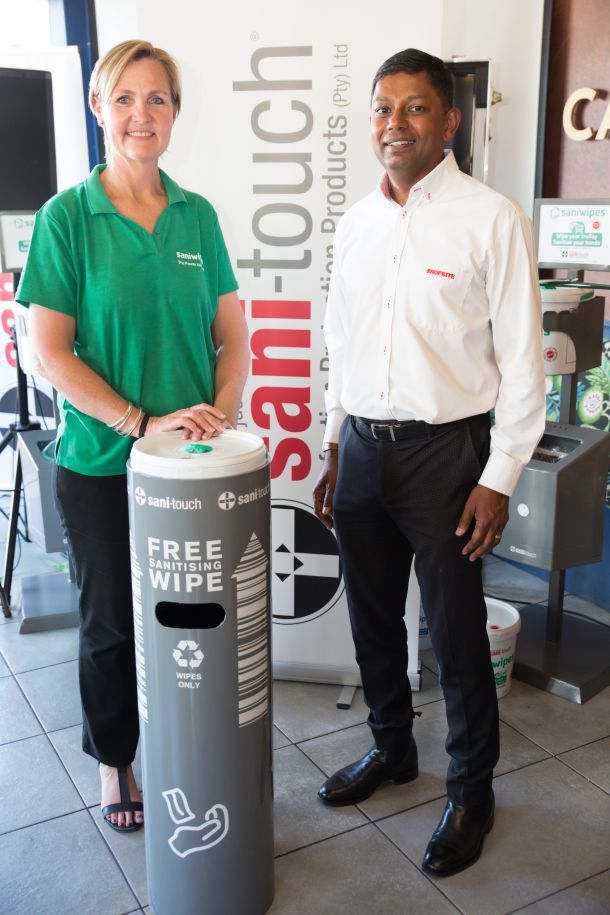New research suggests shoppers are willing to pay more for milk - UK
Whilst the grocery price war has seen the average price paid for milk fall dramatically in recent years, new research from Mintel suggests that consumers would actually be prepared to pay more for the white stuff.
The cost of milk has been a key battle ground for the supermarkets in their fight with the discounters to convince shoppers they offer the best prices on everyday products. However, Mintel found that half of milk drinkers would be prepared to pay more than £1.00 for a four-pint bottle of milk, whilst on average, users would be willing to pay £1.28 for a bottle of this size, which now usually retails at 89p-£1.00 in most of the leading grocery chains.
And the research group suggested that the market could do with drawing more money out of milk sales, with retail value sales of white milk predicted to have declined by 5%, from £3.49bn in 2013 to an estimated £3.34bn in 2014. Furthermore, the market is expected to fall further in 2015 to £3.26bn.
Richard Ford, Senior Food Analyst at Mintel, said: “Value has been torn out of the UK milk market in recent years as a result of the grocery retailer price wars but products such as fortified milk and milk from grass-fed cows could help operators build value back into the market. There is scope for operators to move away from the relentless price cuts in the milk industry without alienating shoppers.”
Furthermore, Mintel’s research shows that despite a fall in value sales of white milk, within white milk, there are pockets of strong growth. Value sales of fresh lactose-free milk have risen 18% in the past year from £22m in 2013 to an estimated £26m in 2014, whilst sales of fresh dairy alternatives have risen by 31% from £48m in 2013 to an estimated £63m in 2014.
Indicating an increased focus on non-dairy by manufacturers and retailers, one in four (23%) launches in the UK dairy drinks and milk market were rice, nut, grain and seed-based drinks in 2014, compared to just 2% in 2011. White dairy milk launches accounted for just one in three (34%) launches in 2014.
Ford added: “The low share of white dairy milk launches despite the segment’s sales dominance reflects the limited scope for product development whilst also highlighting the fast growth in launches of dairy alternatives. As the market matures, the range of drinks made with more unusual seeds, grains and nuts is likely to expand with products using ingredients such as spelt and quinoa, such products already being available in international markets.”
News Category
- International retailers
- On the move
- Awards and achievements
- Legislation
- Wine and liquor
- Africa
- Going green
- Supplier news
- Research tools
- Retailer trading results
- Supply chain
- Innovation and technology
- Economic factors
- Crime and security
- Store Openings
- Marketing and Promotions
- Social Responsibility
- Brand Press Office
Related Articles

Spar reports growth of 3.3% as global retail sa...

Informal Retail in Africa: Could Technology be ...

Consumers need a good reason to shop this Black...

Checkers launches deals onto its Sixty60 home d...


